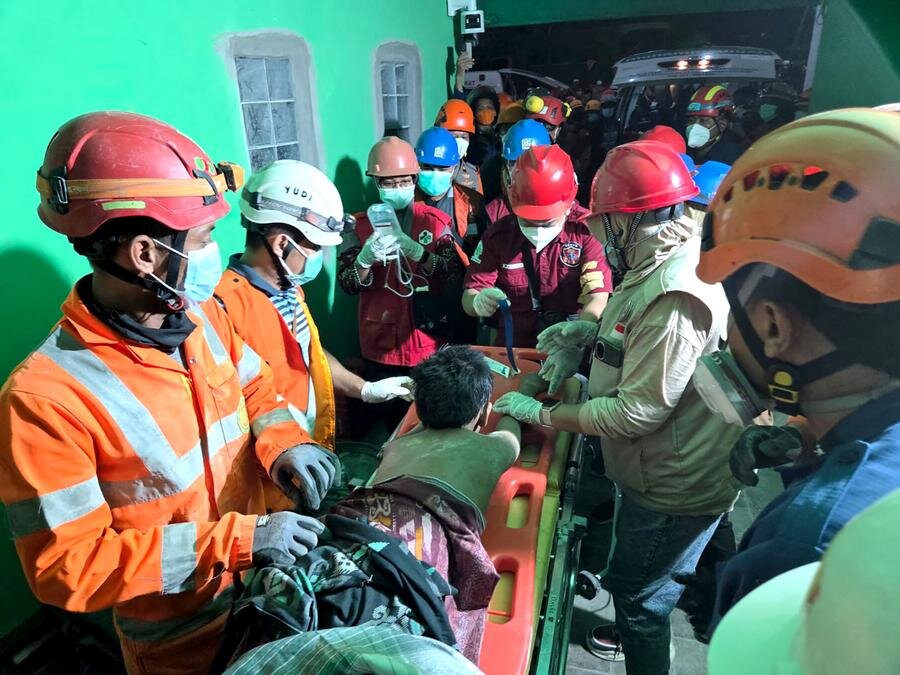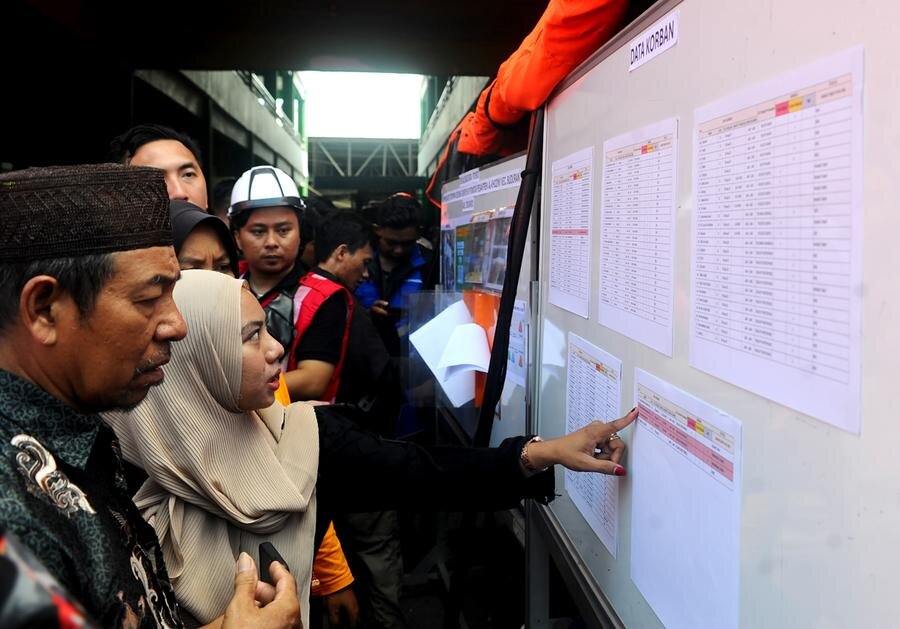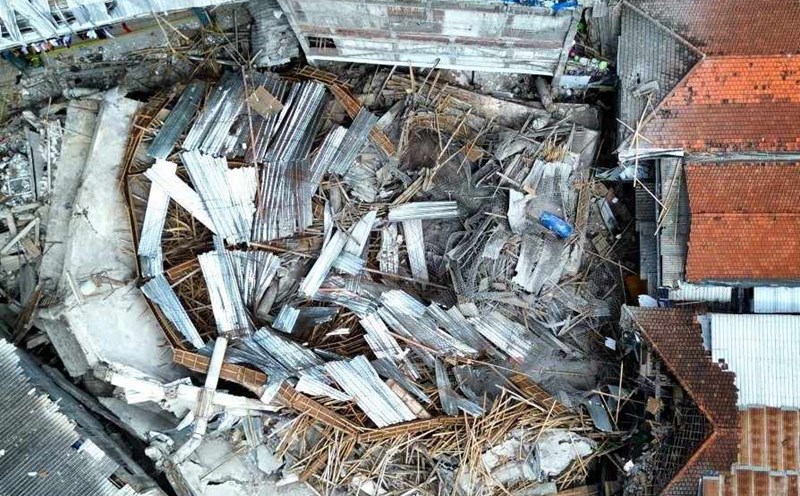On the morning of September 29 at Al Khoziny dormitory, Sidoarjo district, Dong Java province, Indonesia, a 4-storey building suddenly collapsed during the afternoon praying hours, crushing hundreds of students. Rescue forces arrived at the scene and found at least 49 bodies as of October 6, including many teenagers buried under the concrete pile.
Indonesia's National Disaster Management Agency said rescue teams had recovered about 80% of the rubble and continued to search for missing victims. Of the injured, 103 people were taken to the hospital, 6 students were in serious condition and had to be treated intensively.
The initial cause was determined to be that the weak foundation could not withstand the pressure from building an additional floor during the construction phase. This school is said to be expanding and adding floors without an official construction permit.

What is controversial is that out of a total of about 42,000 Hoi giao dormitories across Indonesia, only about 50 have valid construction permits, according to the country's Minister of Construction. Lax management and construction not following technical standards are considered the underlying causes of tragedy.
Responding to the incident, local authorities opened a criminal investigation to determine the responsibility of the school's managers and contractors. The school's manager, an influential figure in the community, apologized to the public and shared that the concrete pouring process for the upper floor was in the final stages when the incident occurred.
The mothers of many missing students gathered at the scene, painfully waiting for news from the rescue team. Some families said they were worried about the structure of the building before, but the management board did not have any satisfactory answers.

This incident has caused a wave of criticism in Indonesia and the region for building religious schools without supervision and compliance with safety standards. Many have called on the government to conduct comprehensive inspections of dormitories and schools, especially rural religious training institutions, to prevent similar disasters in the future.
Legally, the Indonesian construction law clearly stipulates that building additional floors when the foundation does not meet the standards is a violation and can be heavily fined. When an incident involves a death, a prison sentence of up to 15 years and a fine of up to hundreds of thousands of USD can be applied.
In the context of the country having many community-organized facilities built with limited funding, the Al Khoziny disaster is a severe warning: Any public works, including places of worship and education, must comply with technical standards and be subject to close supervision.










